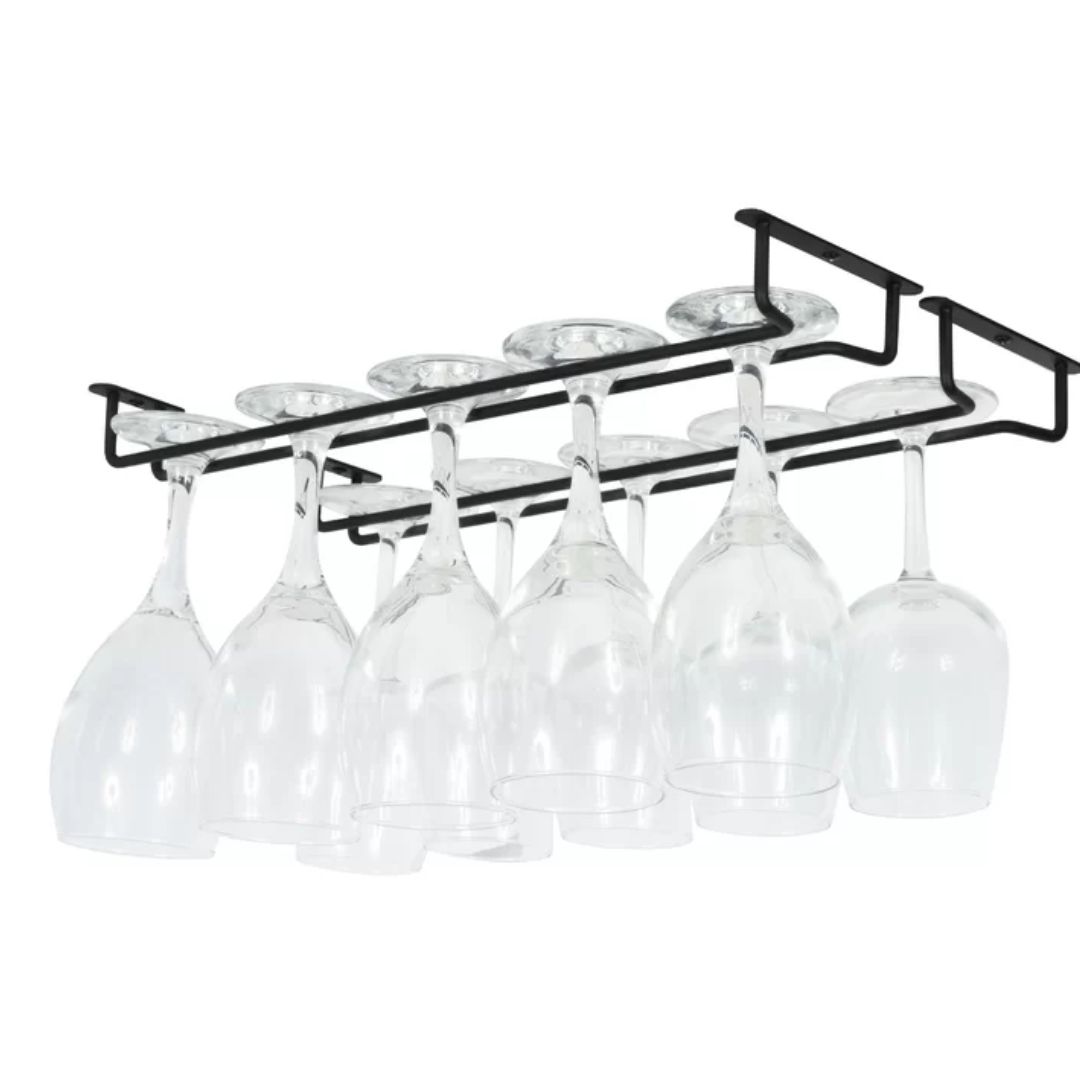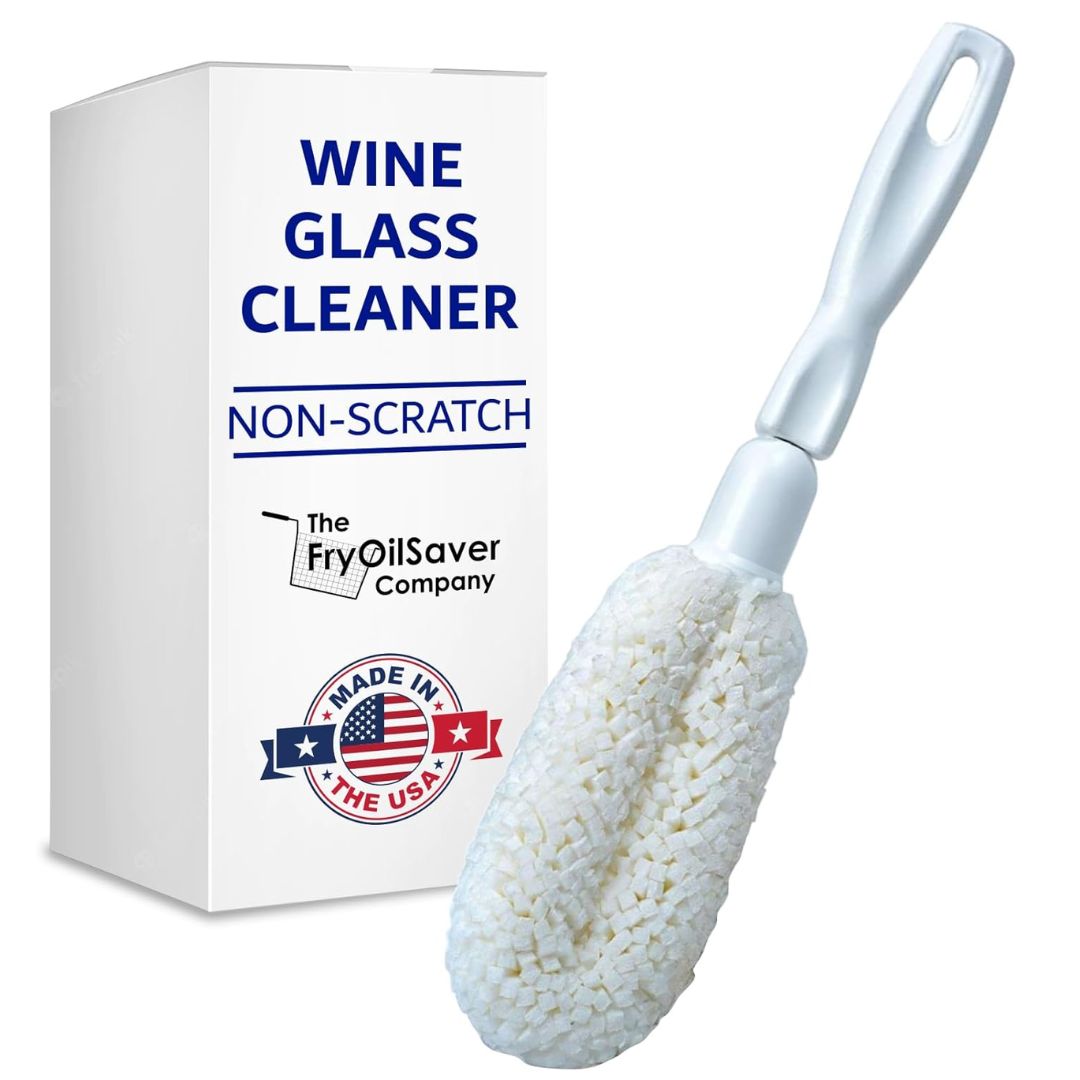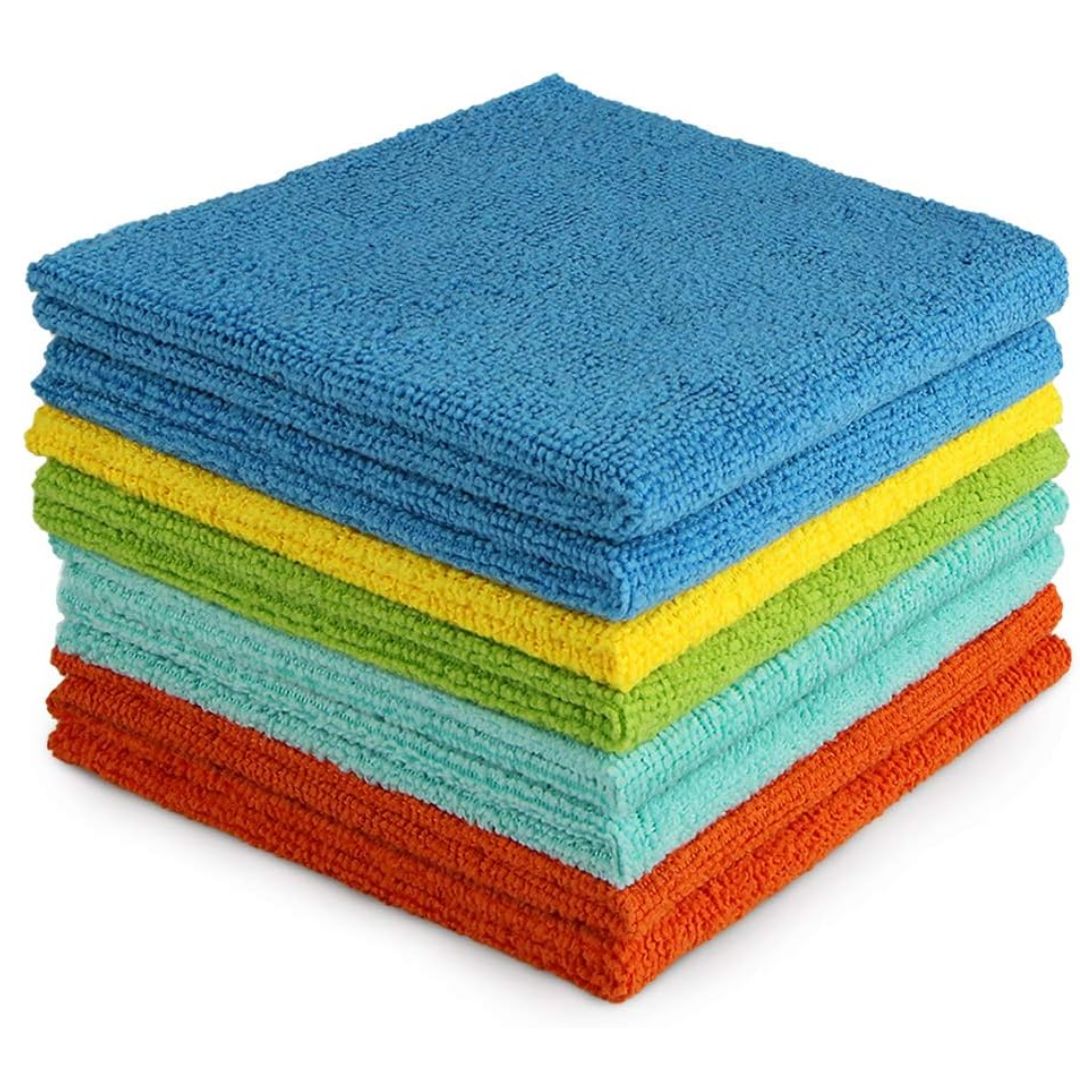'I've been cleaning them wrong all along' - 4 tricks to get spotless wine glasses, and the one thing you never should
'It's not just warm water and a quick wipe,' say experts. Here's how the professionals get sparkling clean results every time and extend the life of their glassware
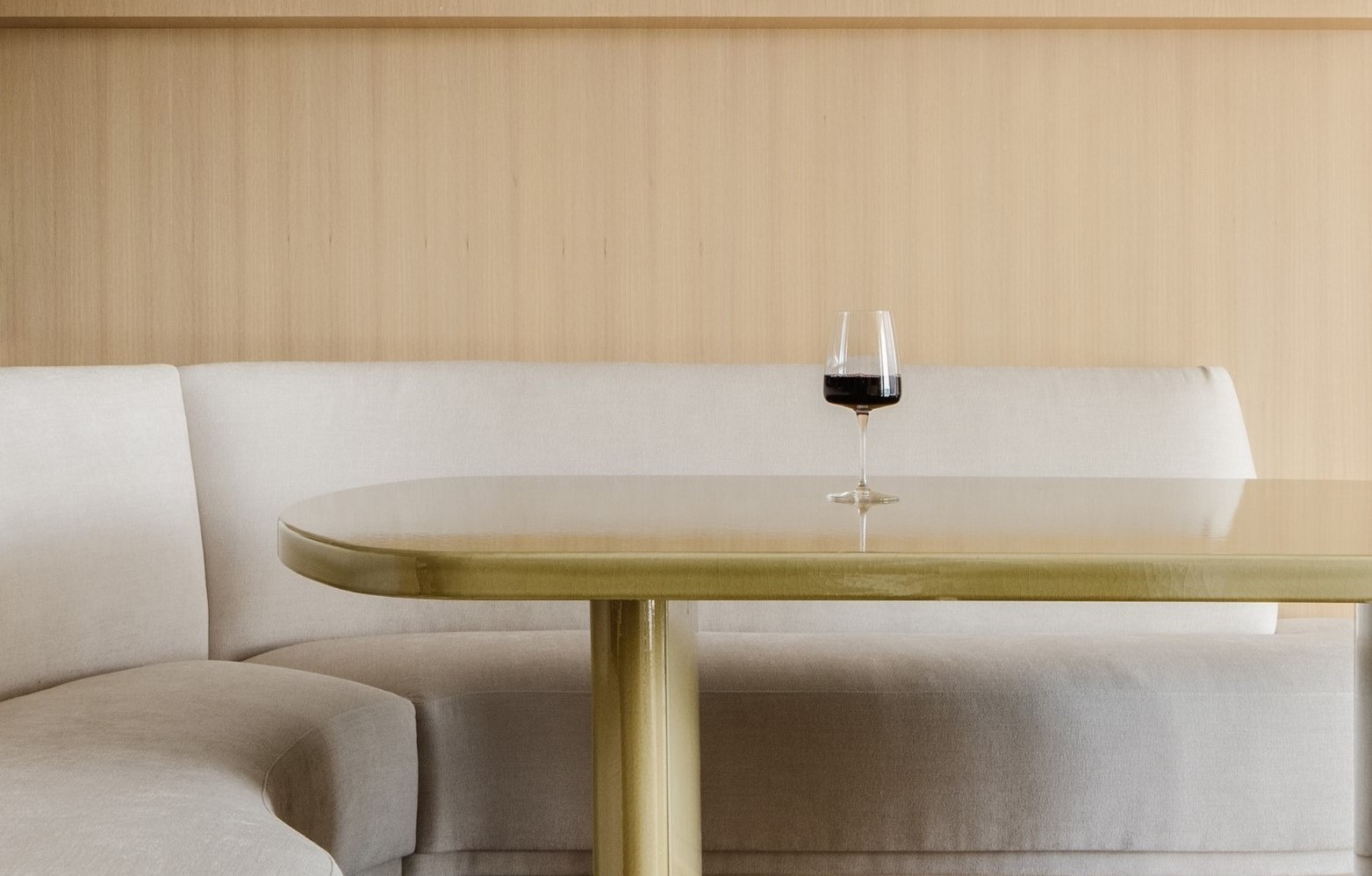

Wine glasses seem to be the one thing that never end up quite as clean as we want them, and there's nothing worse than setting the table for a dinner party, but only noticing when guests sit down that your glasses have smears, water marks, fingerprints or more.
The reason behind this? We're not cleaning them properly in the first place, and these special pieces require a little more care and attention for longevity.
If you're unsure of how to go about it, our experts are here to help. They've told us the best ways to keep your stemware sparkling clean to avoid this dining table nightmare ever occurring again, and discovered some things you should never, ever do.
1. Choose the right supplies
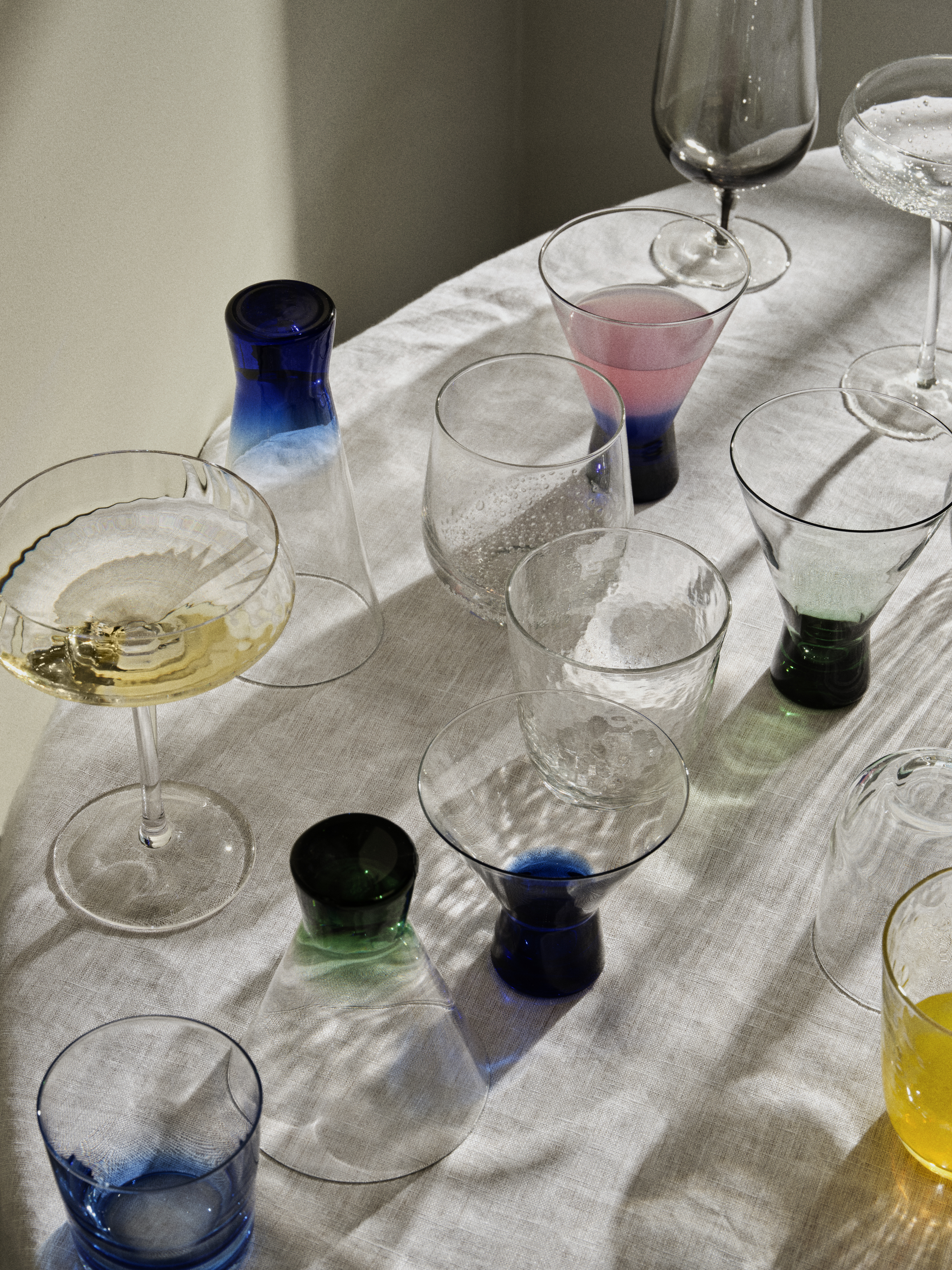
To properly clean the glassware, you need the following tools, as explained by Angela Rubin from Hellamaid.
1. Warm Water: Begin by filling a clean sink or a large bowl with warm water. Avoid using hot water, as extreme temperatures can cause wine glasses to crack or shatter.
2. Mild Dish Soap: Choose a mild dish soap, preferably unscented or with a neutral fragrance. Avoid using harsh or scented detergents that might leave residues or odors on the glasses.
3. Cleaning Brushes: Invest in soft-bristle cleaning brushes specially designed for wine glasses. These brushes can reach the narrow stems and delicate bowl shapes, ensuring a thorough clean.
4. Microfiber or Lint-Free Cloths: These are excellent for drying the glasses and preventing lint or streaks. Avoid using paper towels, as they can leave behind fibers.
5. Wine Glass Holder or Drying Rack: To air dry the glasses without the risk of tipping or touching surfaces that could contaminate them, use a wine glass holder or drying rack designed for wine glasses. These holders are designed to hold the glasses securely, and upside down, allowing for proper ventilation.
2. Inspect them before you clean
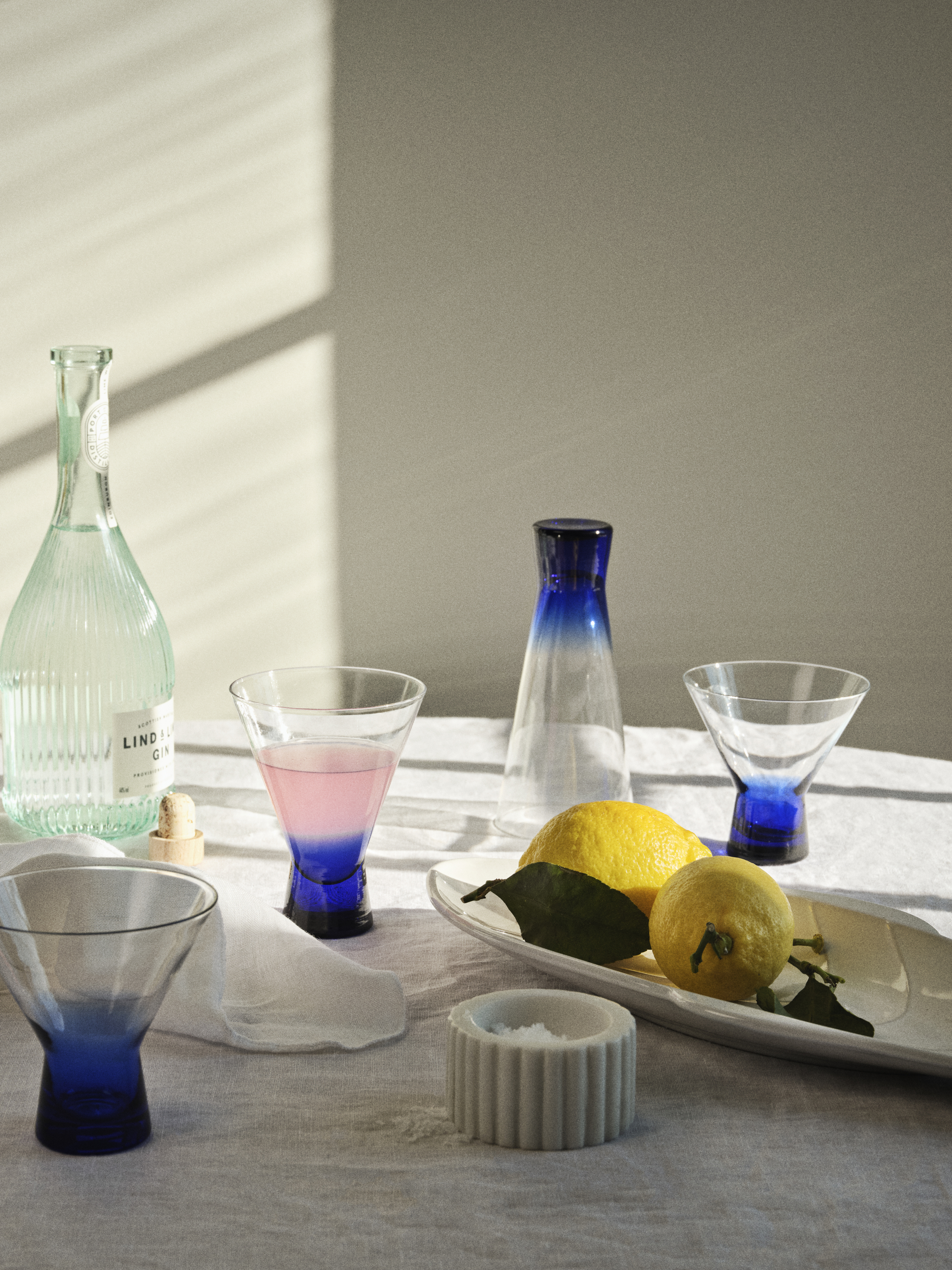
Whether you have expensive, long stem glasses or the best colorful glassware, you need to keep a few things in mind before you start cleaning them.
'Before cleaning, carefully inspect the wine glasses for any visible stains, lipstick marks, or residue,' says Angela. 'Note any fragile parts or cracks, as excessive pressure during cleaning can lead to breakage. Also, if you have glasses with different types of wine residues, separate them accordingly. Red wine glasses may have more stubborn stains than white wine glasses, and it's best to clean them separately.'
'If you're using a sink sprayer to rinse the glasses, be cautious to not use high water pressure,' says Angela. 'High-pressure streams of water can chip or crack the glass.'
3. Wash them, by hand
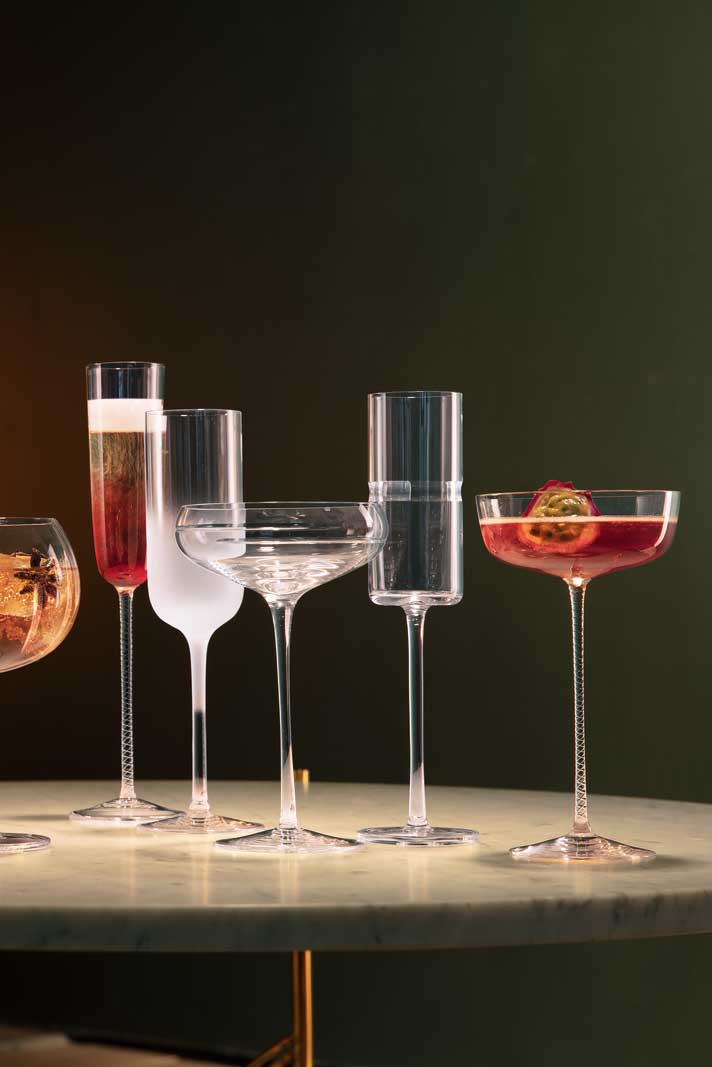
A big addition to your dinnerware sets, the wine glasses need a lot of care and attention, especially when you are washing them. Muffetta Krueger, founder of Muffetta's Domestic Assistants takes us through the process:
1. Fill a basin or sink with warm water: Avoid using hot water, as extreme temperature changes can cause the glass to crack.
2. Rinse Immediately: After using a wine glass, rinse it under warm, running water as soon as possible. This prevents wine residue from drying and becoming stubborn stains.
3. Hand Washing Only: Never use a dishwasher for wine glasses, as the high water pressure and detergents can damage delicate glassware and affect the wine's aroma and taste.
4. Cleaning: Add a small amount of mild dish soap to the warm water-filled basin. Swirl the water to create a soapy solution. Gently immerse one wine glass at a time into the soapy water. Avoid overcrowding to prevent breakage.
5. Use a non-abrasive sponge or a specialized wine glass brush: Use these to clean the inside and outside of the glass. Be gentle, especially around the delicate rim and stem. Avoid using abrasive materials or scrubbing too vigorously, as this can scratch the glass.
6. Rinse Thoroughly: Rinse each wine glass with warm water to remove all the soap residue. Hold the glass by the stem or base to avoid fingerprints on the cleaned surfaces.
7. Optional Stain Removal: If you encounter stubborn wine stains or spots, you can make a paste with baking soda and water and gently rub it onto the affected area. Rinse and wash the glass as usual.
8. Drying: Use a soft, lint-free cloth or microfiber towel to gently dry the wine glasses. Avoid using towels that may leave lint or paper fibers behind. Ensure they are completely dry to prevent water spots.
4. Store the wine glasses with care
Whether they're expensive flutes or part of an affordable dinnerware set, storing them in the right place will help ensure their longevity. If you don't have a wine cellar, or a home bar, invest in units where you can store these precious pieces.
'Store them in a cool, dry place, ideally with some ventilation,' says Angela. 'Avoid stacking them inside one another, as this can lead to chipping or breakage. Use protective storage options if available.'
'Consider keeping these upright in a clean and dry cabinet or glass rack,' says Muffetta. 'It's important to periodically inspect your wine glasses for any cloudiness or residues. If you notice any, you can use a mixture of white vinegar and water (equal parts) to remove them.'
'By following these steps, you'll ensure that your wine glasses remain pristine and ready for your next wine-tasting experience,' says Muffetta. 'Proper cleaning not only enhances their longevity but also elevates the overall wine-drinking experience.
3 cleaning products for wine glasses
Be The First To Know
The Livingetc newsletters are your inside source for what’s shaping interiors now - and what’s next. Discover trend forecasts, smart style ideas, and curated shopping inspiration that brings design to life. Subscribe today and stay ahead of the curve.

Aditi Sharma Maheshwari started her career at The Address (The Times of India), a tabloid on interiors and art. She wrote profiles of Indian artists, designers, and architects, and covered inspiring houses and commercial properties. After four years, she moved to ELLE DECOR as a senior features writer, where she contributed to the magazine and website, and also worked alongside the events team on India Design ID — the brand’s 10-day, annual design show. She wrote across topics: from designer interviews, and house tours, to new product launches, shopping pages, and reviews. After three years, she was hired as the senior editor at Houzz. The website content focused on practical advice on decorating the home and making design feel more approachable. She created fresh series on budget buys, design hacks, and DIYs, all backed with expert advice. Equipped with sizable knowledge of the industry and with a good network, she moved to Architectural Digest (Conde Nast) as the digital editor. The publication's focus was on high-end design, and her content highlighted A-listers, starchitects, and high-concept products, all customized for an audience that loves and invests in luxury. After a two-year stint, she moved to the UK and was hired at Livingetc as a design editor. She now freelances for a variety of interiors publications.
-
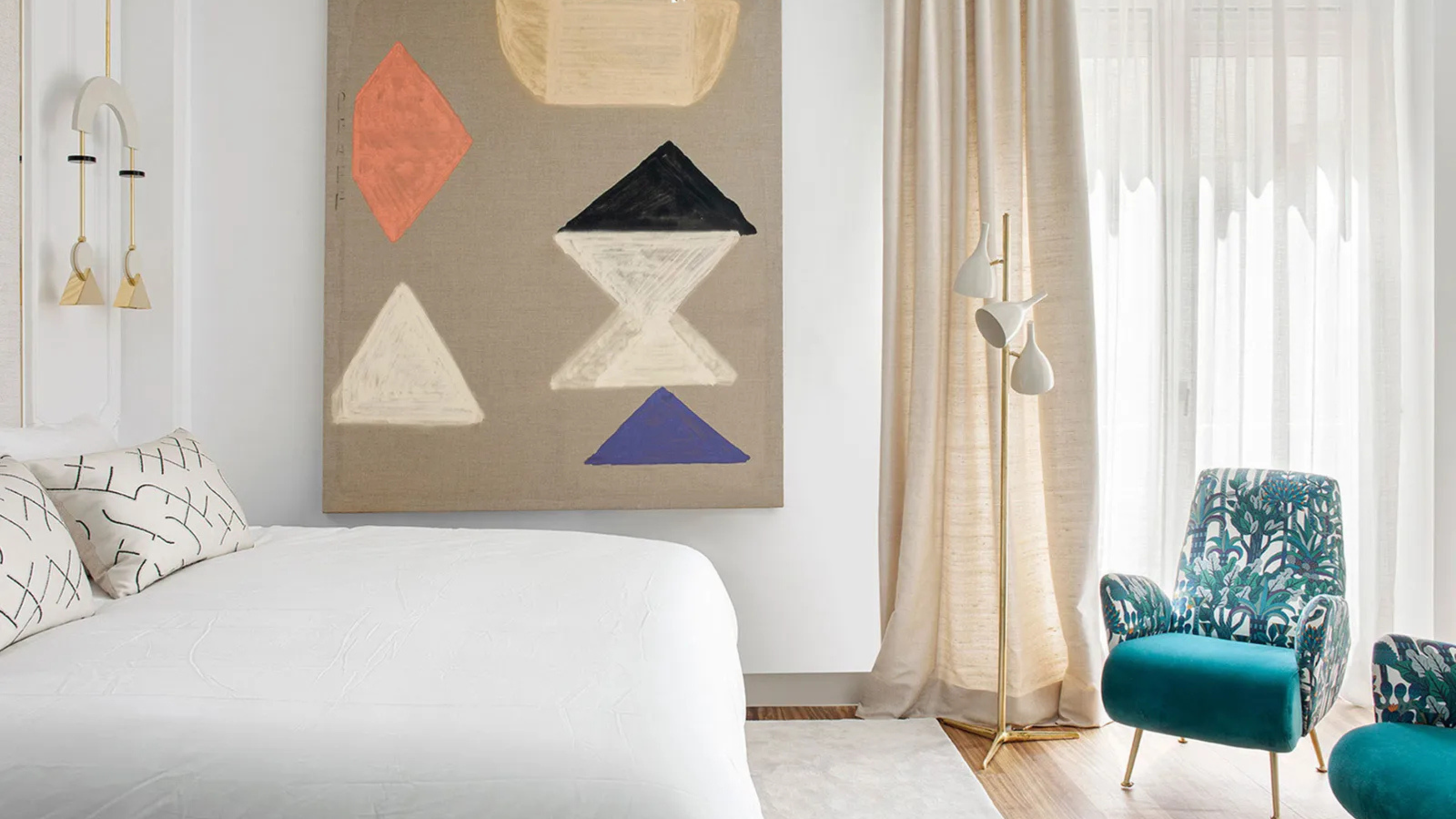 Sateen vs Percale Sheets — What's the Difference, and Which Are Better?
Sateen vs Percale Sheets — What's the Difference, and Which Are Better?Who would have thought a simple weave pattern could make all the difference to your sleep
By Devin Toolen
-
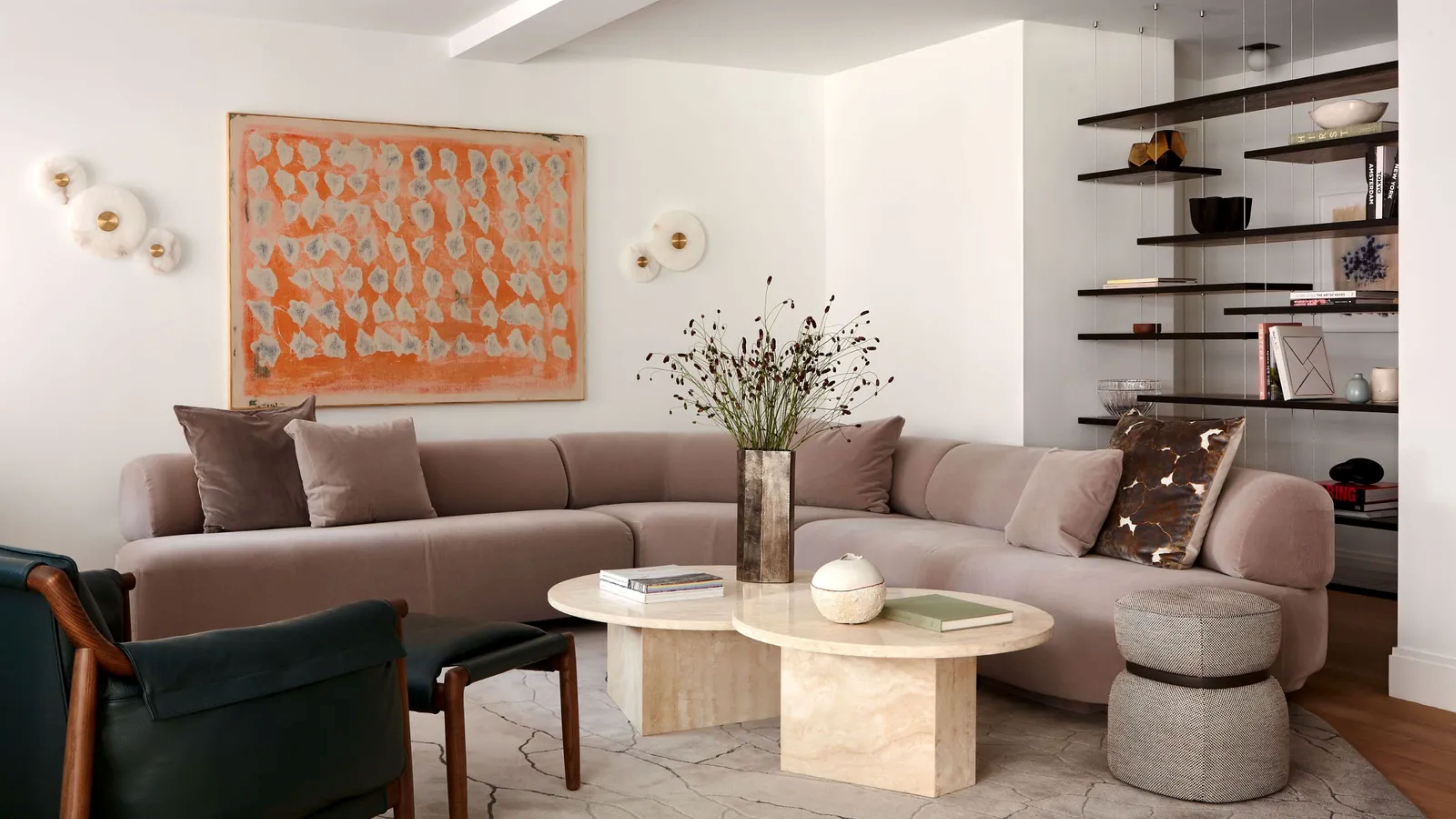 I Asked Interior Designers to Share the Worst Design Trends They've Seen on Social Media — And What They Want to See Instead
I Asked Interior Designers to Share the Worst Design Trends They've Seen on Social Media — And What They Want to See InsteadJust because something is trending, doesn't mean it's tasteful — from dupe-culture to OTT lighting, here's what designers hate seeing in homes
By Devin Toolen
